Dealing with frozen car door locks in winter can be a common challenge, especially in colder climates. Here are several strategies to address and prevent frozen car door locks:
Dealing with Frozen Locks:
Use a De-Icing Spray:
Apply a commercial de-icing spray directly into the keyhole and around the lock mechanism. These sprays often contain alcohol or other ingredients that can melt ice.
Apply Rubbing Alcohol:
Rubbing alcohol can help melt ice. Pour a small amount of alcohol into a squeeze bottle and apply it to the keyhole and lock. You can also use an alcohol-soaked cloth or cotton swab.
Use a Portable Heat Source:
Warm your key using a portable heat source, such as a lighter or a hairdryer. Gently heat the key and then insert it into the lock to melt the ice. Be cautious not to overheat the key or the lock.
Warm the Key with Your Hand:

Hold the metal part of the key in your hand to warm it up before inserting it into the lock. The warmth can help melt the ice.
Use a Hot Key:
Heat your key using hot water or a heat source (not too hot to avoid damage). Dry the key and quickly insert it into the lock to melt the ice.
Preventing Frozen Locks:
Apply a Silicone-based Lubricant:
Before winter sets in, apply a silicone-based lubricant to the door lock components. This helps prevent moisture from accumulating and freezing.
Cover the Lock:
Use a magnetic or fitted cover to shield the lock from snow and ice. These covers are designed to protect the lock while allowing easy removal when needed.
Park in a Garage:
Whenever possible, park your car in a garage or covered area to protect it from the elements and reduce the likelihood of freezing.
Use a Car Shelter or Cover:
If a garage is not available, consider using a car shelter or cover to protect the vehicle from direct exposure to snow and ice.
Coat the Key with Petroleum Jelly:
Before inserting the key into the lock, coat it with a thin layer of petroleum jelly. This can help prevent moisture from adhering to the key and lock.
Keep Spare De-Icing Tools:
Carry a small can of de-icing spray or a de-icing windshield washer fluid in your car for emergency use.
Regularly Clean the Lock:
Periodically clean the lock with a soft brush or compressed air to remove debris that can contribute to freezing.
Remember to exercise caution and avoid using excessive force when dealing with frozen locks to prevent damage. If you're unable to resolve the issue, seek professional assistance or contact roadside assistance for help.


 English
English Español
Español
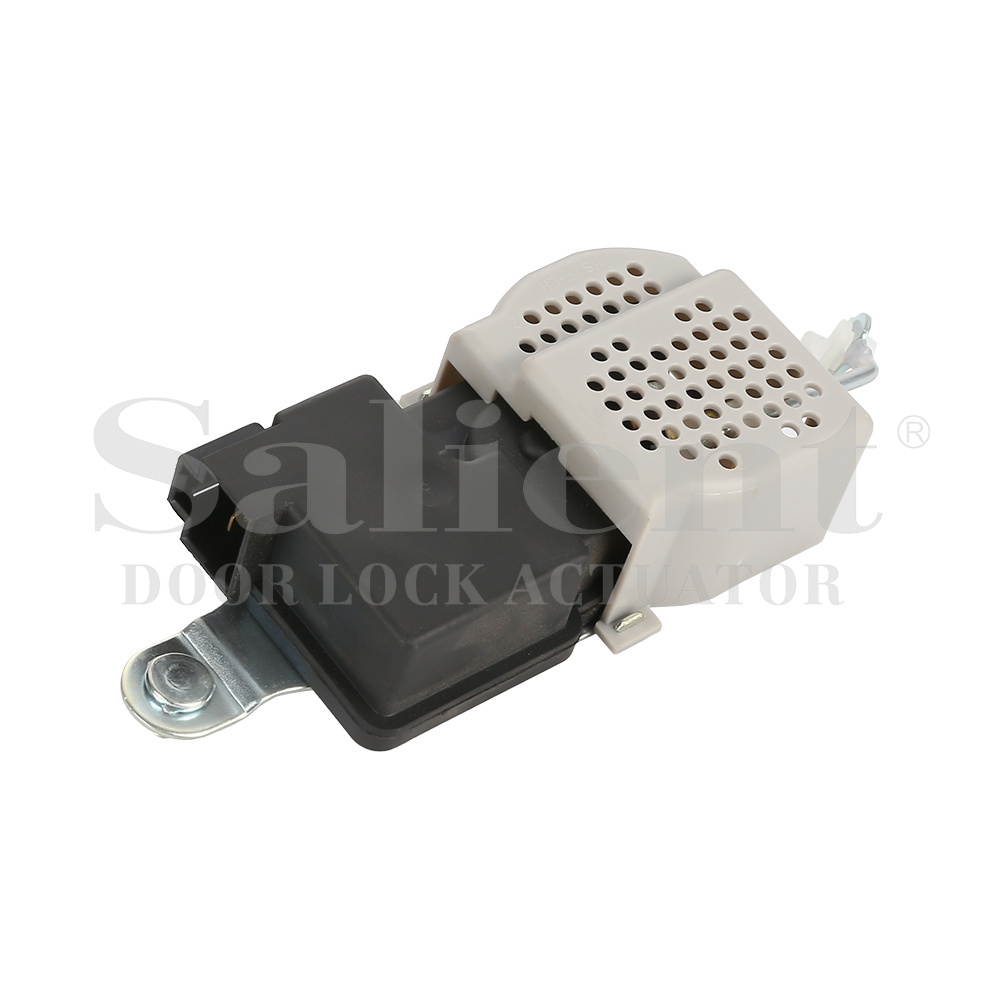
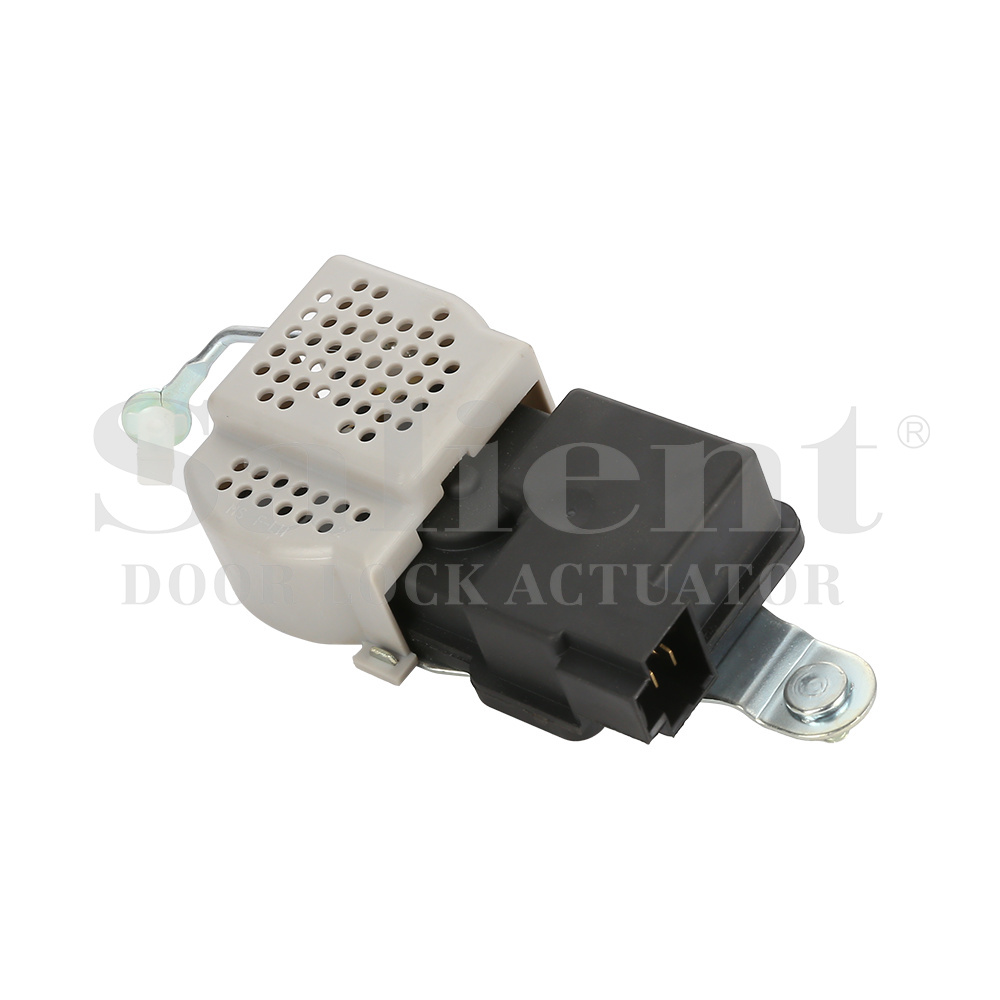
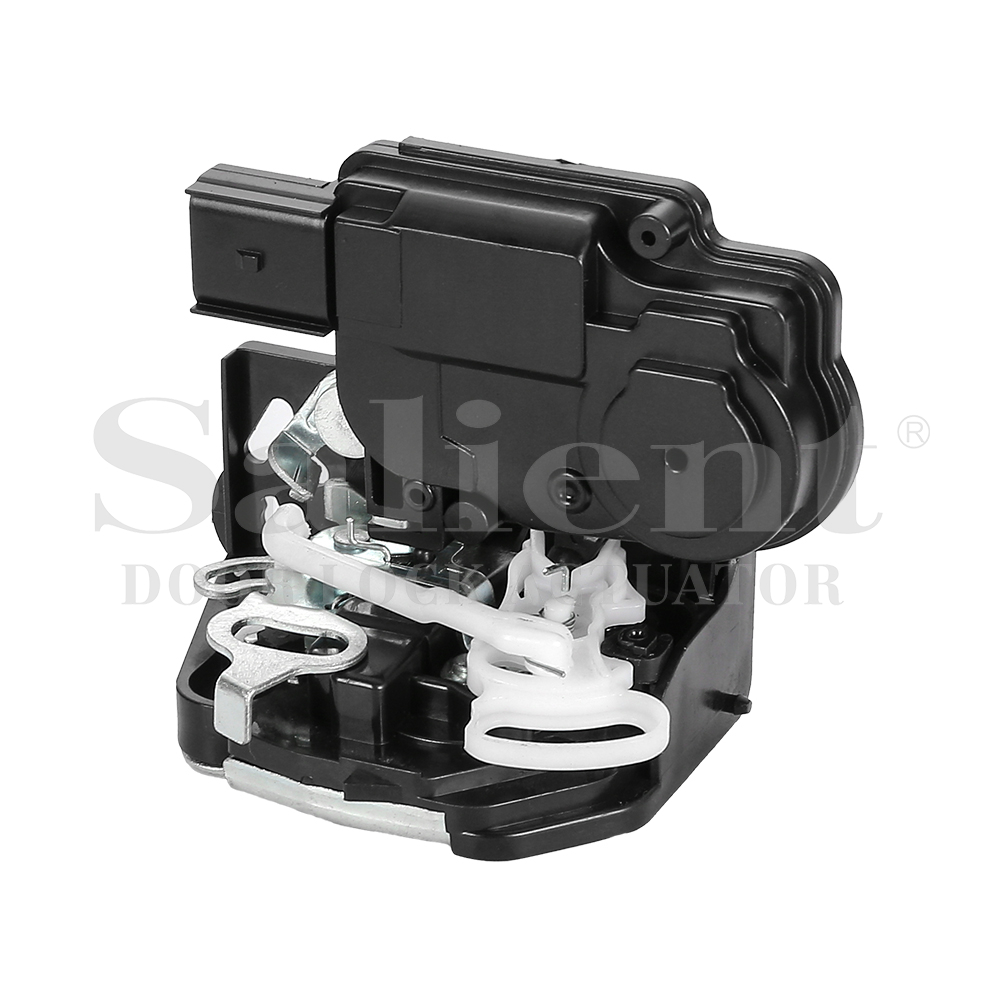
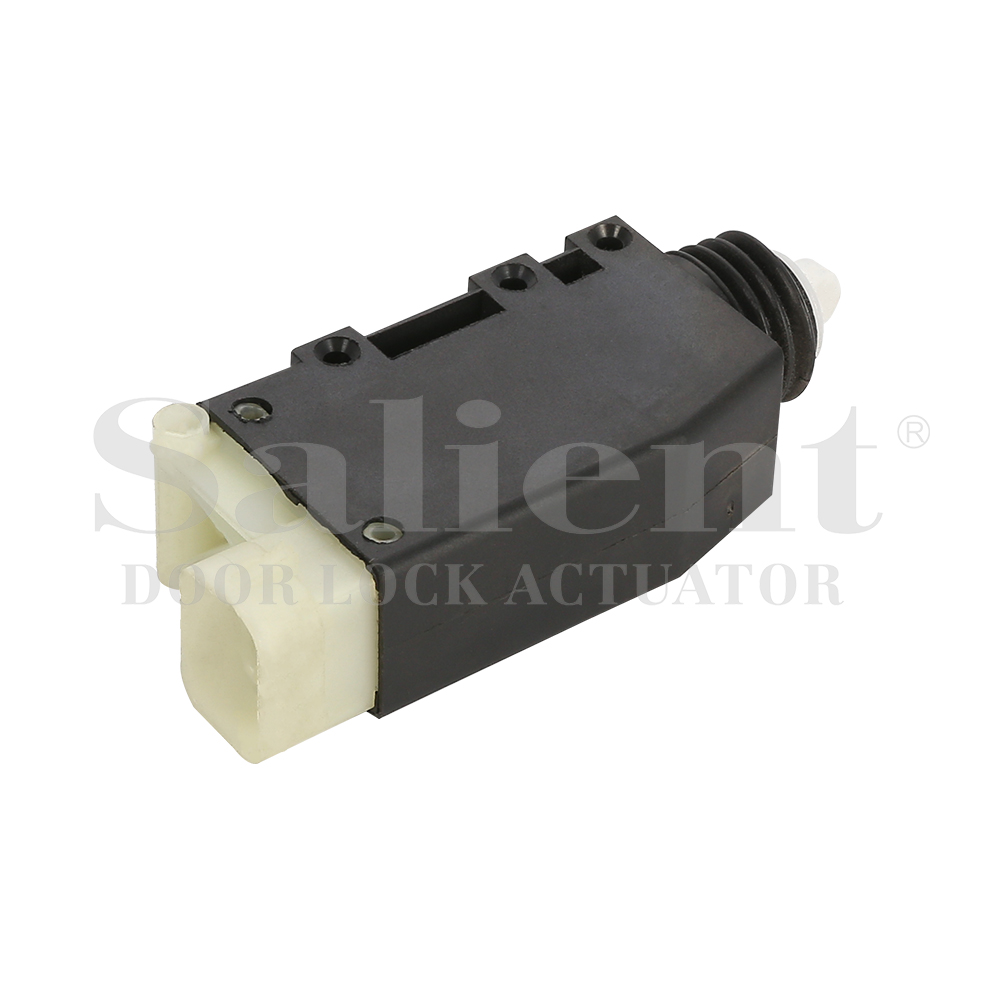
-1.jpg)
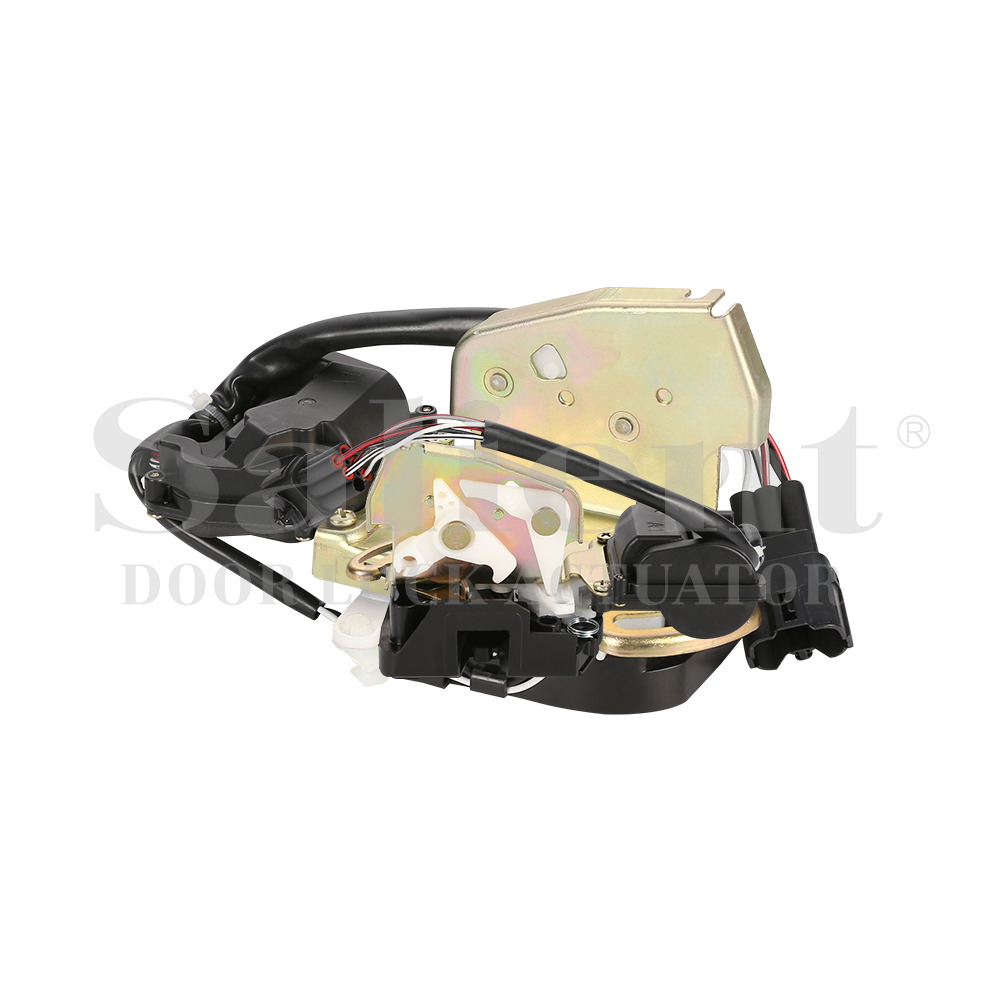

.jpg)
.jpg)
.jpg)
-1.jpg)
.jpg)

